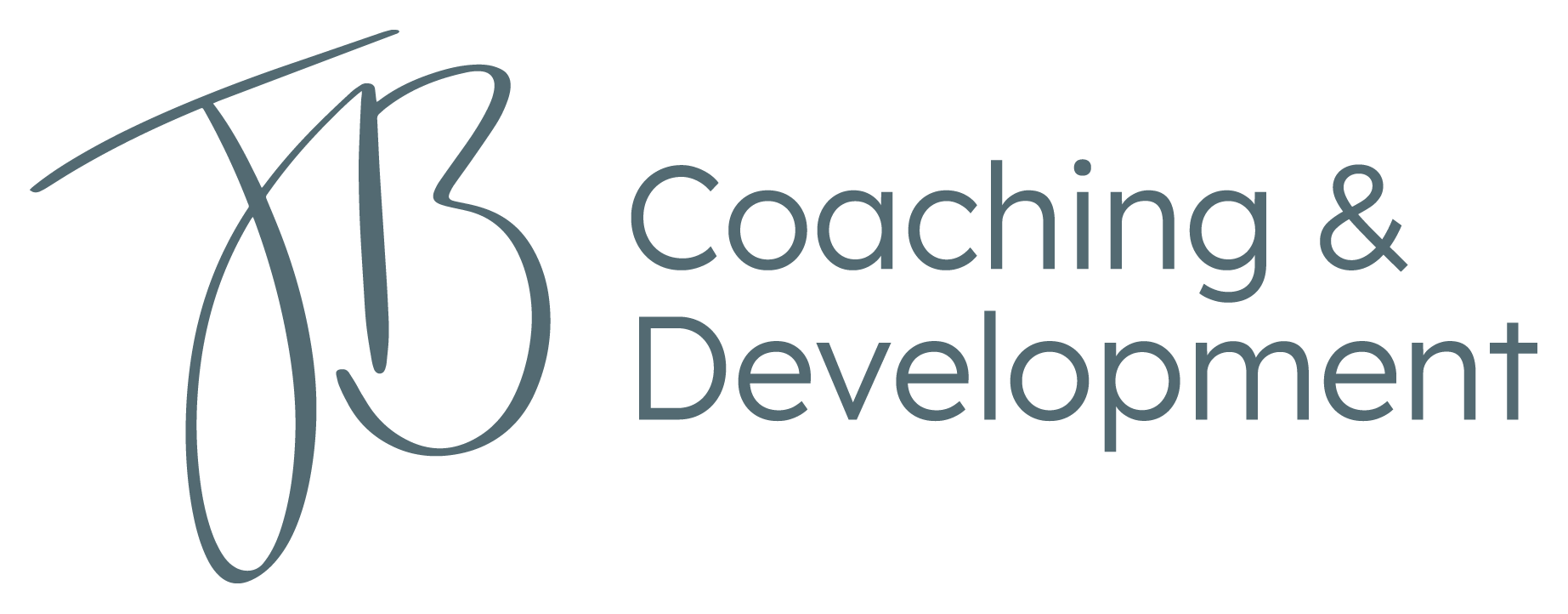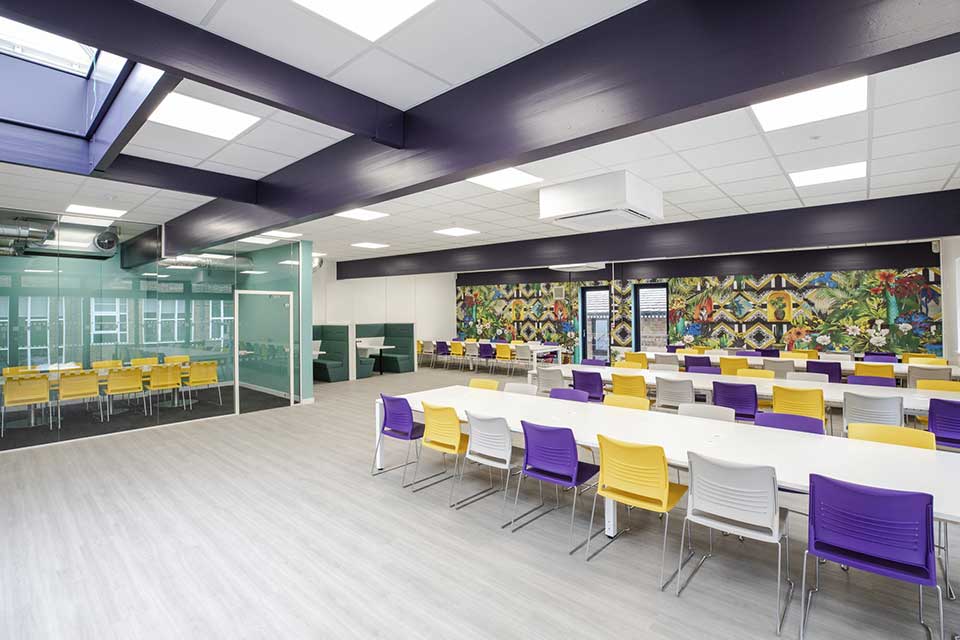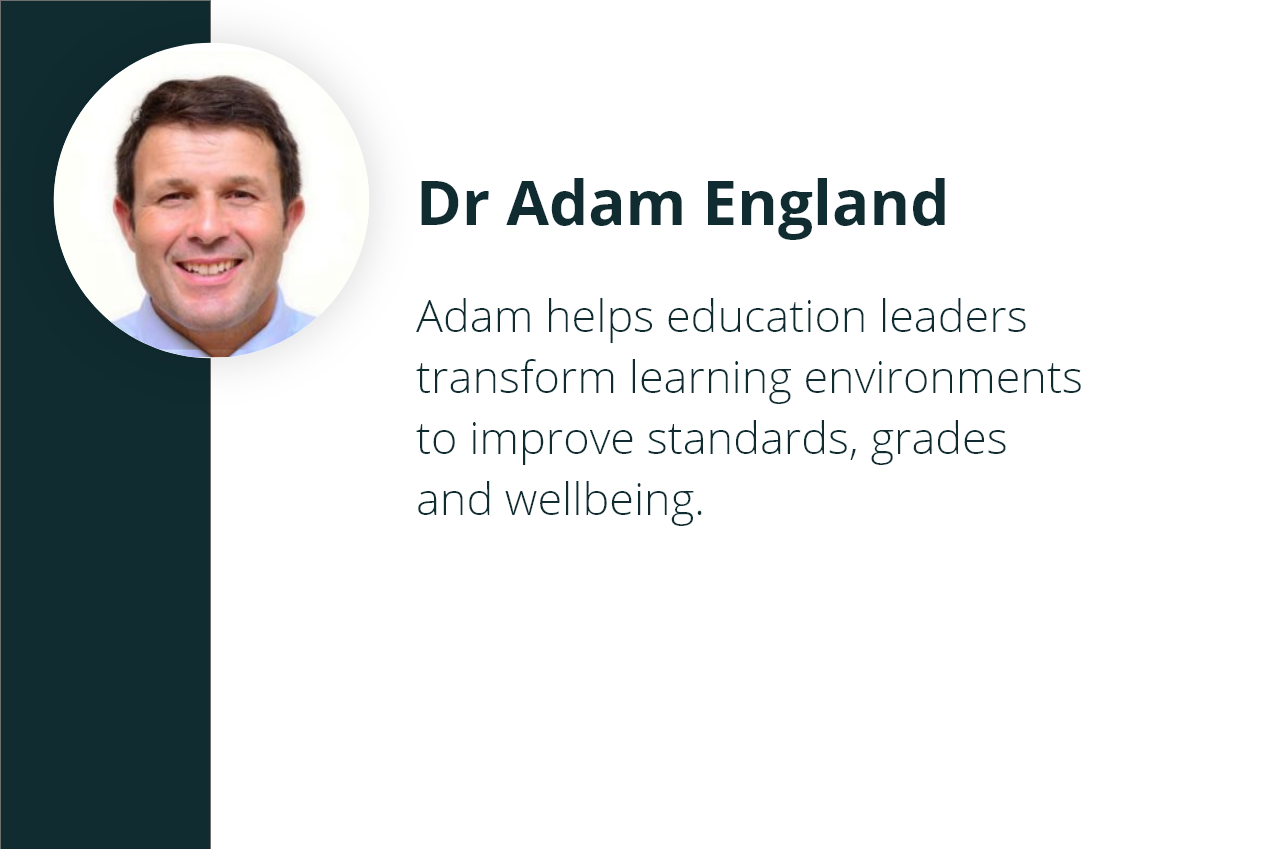How to fully support those with learning disabilities using the learning environment

https://youtu.be/k__XDgKkZY4

With lead education consultant Dr Adam England and Jo Beckett, Executive Coach and Psychologist specialising in Resilience Skills.
Why does our environment matter so much when it comes to learning?
There is a well-known phrase, ‘I can’t hear myself think’ which means you simply cannot concentrate due to a negative impact from something happening in your surrounding environment. These can have an extremely detrimental effect on our attention, focus and output – when we’re distracted we are more likely to procrastinate and so it takes much longer to get things done meaning we are less efficient. Thinking about our environment is so important when it comes to work and learning.
Finding an environment that creates and improves engagement.
Everyone is very different and although we are looking here at supporting learners with disabilities, you don’t have to be on the autistic spectrum to benefit from a specific environment that helps you to do your best work. In my role as executive coach, it has been interesting to hear how people have coped during the pandemic and lockdown. Some individuals have embraced working from home, and find they can focus better. As a result, they have been able to immerse themselves in work and operate more strategically.
However, others have found it difficult to stay focused and have been yearning to get back into the workplace. Without stereotyping, or having done any official research, it does seem that more introverted and reflective people – those who prefer their own space and solitude – struggled more going back into the office and have greater awareness of the distractions that tend to go hand in hand with working in an office. These can be low level constant background noise such as phones ringing, doors opening and closing, colleagues chatting; the sort of interruptions that we don’t necessarily have at home.
It is true that certain types of neuro diverse behaviour are best suited in particular environments. At a school recently we were asked if schools could offer a range of textures in their designs as students felt overwhelmed with one dominant texture. This gave us a bit more insight into what it’s like for a learner on the autism spectrum and ADHD.
Which learning disabilities do you think respond most noticeably to optimising learning spaces?
We do all have individual differences and so you don’t need to be on the autistic spectrum to find that you respond better in certain learning or work environments than others. For example, I have evidence that even twins who shared a bedroom studied best in different environments, one needed peace and quiet to study, and the other preferred music on.
What do you do when you’re feeling overwhelmed, stressed and distracted? We tend to make changes to our external environment to manage and regulate our internal physiology and reduce the stress hormones that interfere with our best thinking. For many of us, decluttering our desk or moving to a different seating arrangement can help.
Those of us who are neurotypical can still react badly to too much noise and may find we need to block out external noise by closing windows and doors.
With those on the autistic spectrum – who could have ADHD, dyslexia, dyspraxia or a combination of learning differences – it is more common that they may have greater sensory sensitivity.
Dr Wendy Lawson, a well-respected expert on autism, who is on the spectrum herself, was addressing an audience and unbeknownst to them there was a kitchen located behind the auditorium. Dr Lawson mentioned how distracting she was finding the buzzing noise from the fridge in the room behind her!
If an individual is on the autistic spectrum, they may wake up in a heightened or overstimulated state, which for most would only happen after a very stressful day when the phone hasn’t stopped ringing, workmen are drilling nearby and so on.
Individuals on the autistic spectrum may exist in this overstimulated state, so we do need to be really mindful about what we can do to optimise their external environment to reduce this heightened state so they can feel their best and learn.
What is the optimal combination of space, light, airflow and furnishings for every learning style and learning intelligence?
Because there are so many individual differences, what you are trying to cater for in a classroom environment is to cover every eventuality.
There has been some interesting research done by the Autism ASPECTSS Design Index which has taken a decade of research and suggests there are seven aspects to consider when you are designing an environment (Acoustics, Spatial sequencing, Escape spaces, Compartmentalisation, Transition spaces, Sensory zoning and Safety.) The main ones we will look at are Acoustics, Compartmentalisation and Sensory zoning.
Acoustics: To improve the effects of the acoustics of a room for sensitive people, we would suggest a range of solutions depending on the event. From ear defenders to completely block out noise, to listening to music – all of these can have a very calming effect and change people’s mood and physiological state. You should be mindful of things you may not even have considered such as using floor and ceiling coverings to minimise distractions and noise, and by using furniture as divisions. These will help create a low stimulus environment so that you can optimise focus and attention.
Compartmentalisation: try moving to a different area to improve the learning for young people with learning differences . Think about using parts of the space in different ways, using furniture to divide it up, this could include low stimulus formal desks and chairs plus an area with a fit ball and a mini trampoline so children can move around and exercise.
Using a defined space with different sensory attributes can help to overcome any ambiguity so that the individual knows exactly what is expected of them. For example, when they are sitting down at a workstation, focus is expected ; when in a different area, they can zone out, listen to music and relax.
Sensory zoning: When young people get overwhelmed, we often see their behaviour change and so having a sensory zone or safe space where they can relax and recalibrate is really important. These can be easily created with changes to lighting, music, seating and so on.
It is no different for adults, different environments enable people to access a different thinking space. For example, when coaching leaders on strategic issues, a formal boardroom table could inhibit thinking, whereas a more relaxed and comfortable environment, possibly even walking outside, can help access the right parts of the brain to optimise higher level thinking.
So its about creating as many spaces as you can within a space at any given time, it’s hard for anyone to give their full attention for a long time, so we need to create opportunities within an environment to move around and mix up the learning experience. It is also important to allow individuals to have some downtime.
Invariably people report that they attend and focus better first thing in the morning. This is because the brain has had a chance to ‘recharge’ overnight and there have been very few environmental distractions at that time, so there have been minimal demands for our attention. Young people need our help to help them ‘recharge’– when they have been exposed to learning demands, they need down time to reset and refocus and sensory areas can help facilitate this.
What do parents look for in a school to support those with learning difficulties?
Parents looks for different spaces to facilitate learning experiences.
Critically, a minimalist, uncluttered environment with minimal distractions so students can focus on learning. Fluorescent lighting is incredibly distracting for someone on the autistic spectrum.
There needs to be access to good sensory areas, created through fabric, colours, furniture, lighting and music. There is also a need for focussed workstations so parents can be sure students can access the right environment to learn. Schools must not look like prisons and hospitals otherwise we will leave many people behind on that learning journey.
Noble and Eaton have created a range of informative guides specialising in the intelligent design of learning environments for school leaders. We have extensive experience and success leading schools in the UK and internationally.
If your school has faced similar challenges, you can find out more information from our leading consultant Dr Adam England. He would be able to visit your school and explain how you can fully support your students with learning disabilities and achieve positive outcomes for your school by increasing your students’ health, wellbeing and success.
If you would like to book in a free walkaround consultancy, please use this booking link here



